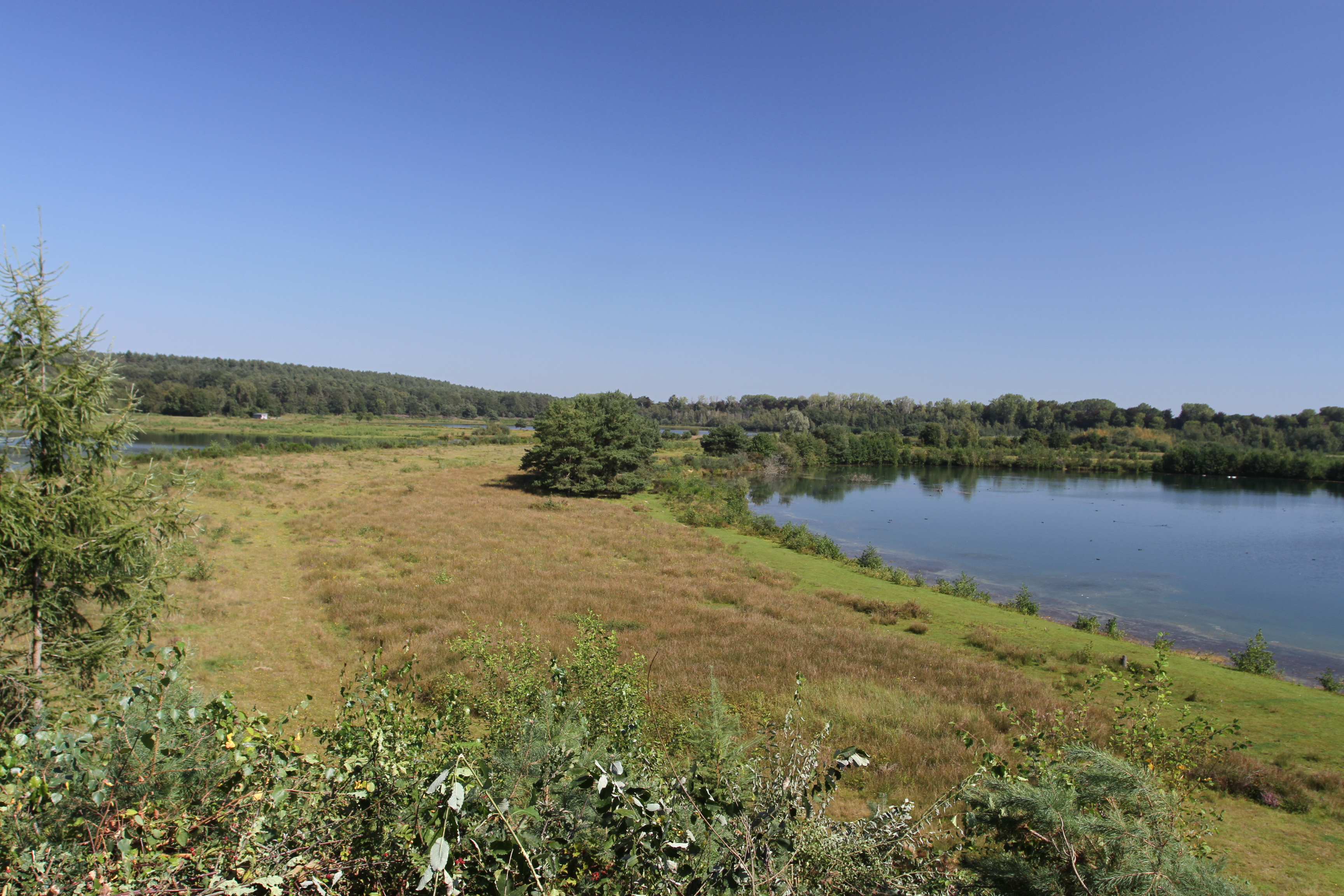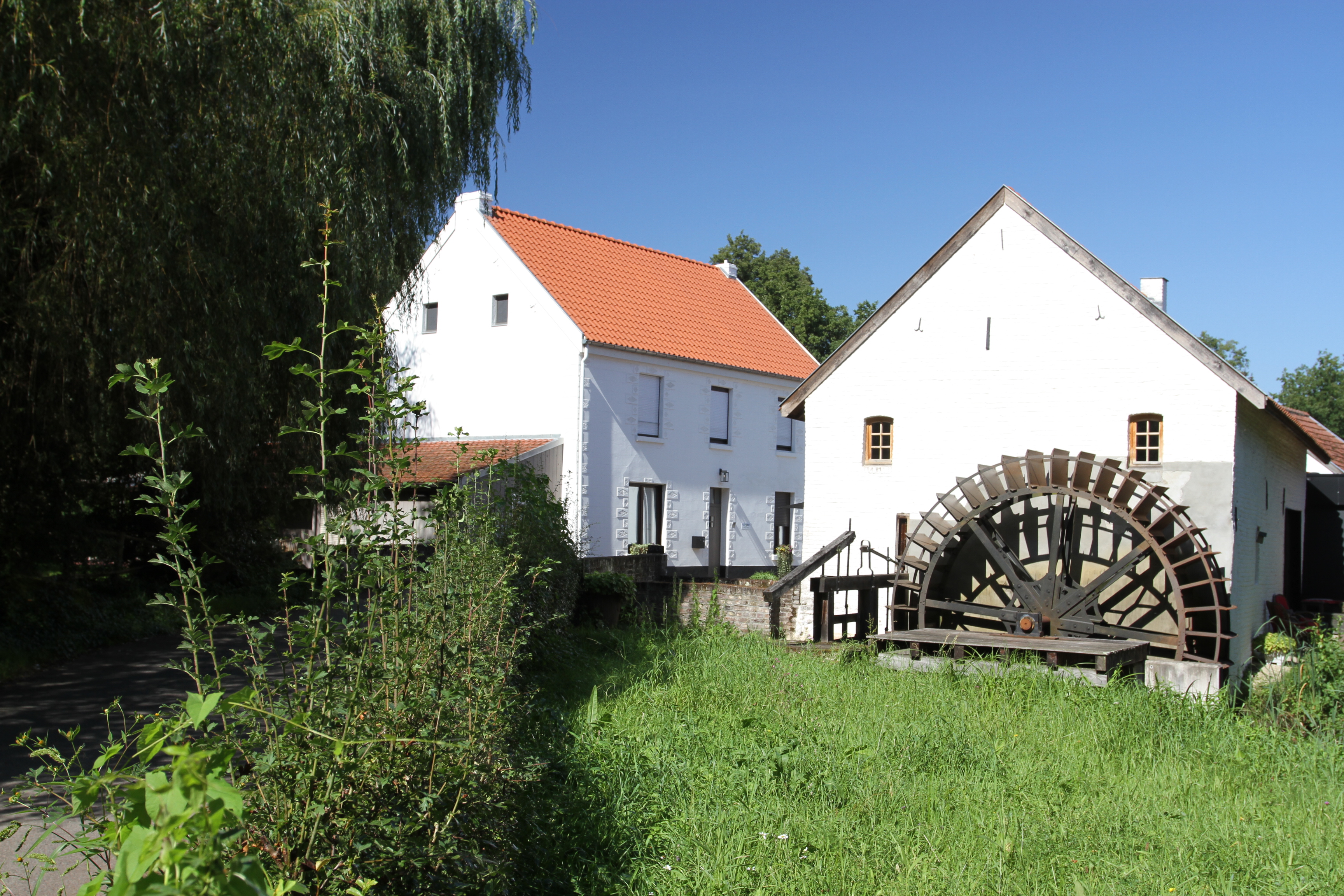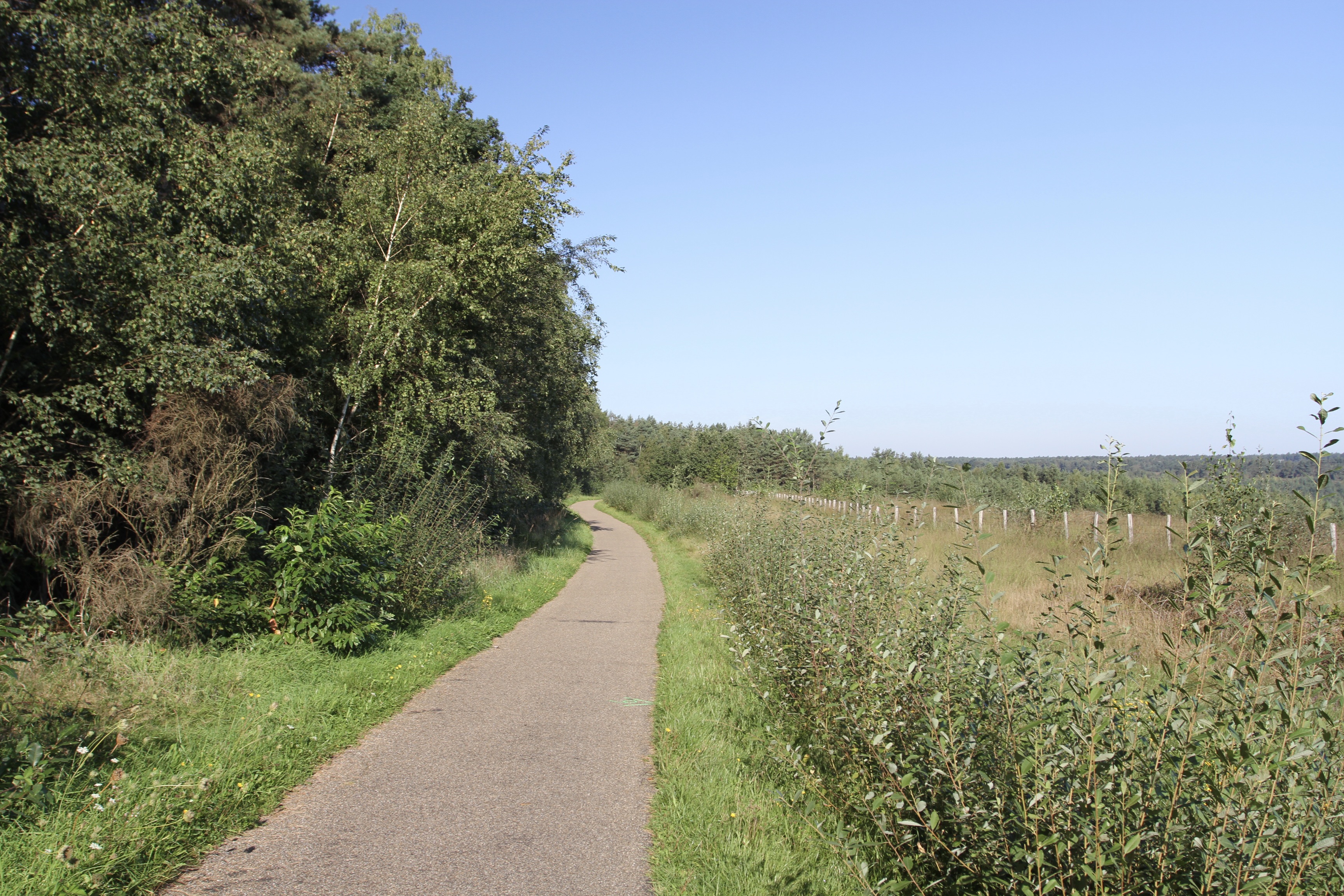There’s a striking contrast between the industrial heritage of coal mines and slag heaps that are scattered across Flemish Limburg, and the occasionally otherworldly landscapes of sand dunes and lakes, heathland and forests in which they are found. Nowhere better exemplifies this than Hoge Kempen, Belgium’s first, and until 2022 only, national park. It’s 12,000 hectares of pine scented forests, heathland covered in purple heather, lakes and rivers are wonderful.
It also bears the scars of industry. Coal mining in this region became the dominant economic activity in the early 20th century and it has shaped the landscape as well. While many of the mines are found on the edge of Genk, out in the far eastern part of Hoge Kempen close to the Dutch border, is the small town of Maasmechelen and the remains of the Eisden coal mine.






These mining communities grew rapidly in the first half of the 20th century, but the ‘golden age’ of Limburg’s coal industry came post-Second World War. It was a short lived golden age though, and by the 1960s cheap imports made Belgian mines uncompetitive. The Eisden mine struggled on until 1987 when it closed for good. Five years later the last coal mine in Belgium, Heusden-Zolder, shut its doors.
Finding new purposes for what were vast areas of industry hasn’t always been easy, but several of the mines have been transformed into heritage sites often with mixed use business parks and shopping centres attached. The fate of the Eisden mine was unclear for many years with many of the buildings being destroyed, including one headframe – which has now been rebuilt to stand alongside its original twin.
The rest of the mine site seems to have been replaced by a shopping mall, which feels out of place in this setting, and the baroque style main mine building has been converted into a hotel. The rest of the site is a nature reserve where the hills are slag heaps and the lakes are remnants of mine activities. Arriving early one morning, I cycled past the former mine shafts and explored the nature reserve.
The route to the Eisden mine took me through glorious forests and the Kikbeekbron valley before finding myself in the strange sandy landscape of Mechelse Heide. In the thick forest near Genk I came across a literal little green man from outer space. The statue sits outside the Cosmodrome planetarium and observatory, which seems a little incongruous amongst the trees but maybe there’s less light pollution in the forest.
Before leaving Eisden mine I took a quick cycle through the now former mining community of Maasmechelen. It’s a quiet place in the centre of which stands the hulking ‘miners cathedral’, the Church of Saint Barbara. Murals of miners adorn nearby walls, and there’s a mine workers house museum in the garden city that was built specifically for the mines. Unfortunately, visits have to be booked in advance and, like the church, it wasn’t open.
I cycled north along the Albert Canal and through the Bergerven nature reserve where there are yet more wooded trails and lakes. In the village of Opoeteren I was brought to a sudden halt by a massive piece of street art of a fox, deer and watermill called Wildlife Harmony by well known Belgian street artist, TUZQ. It seemed almost as out of place as a space alien in the forests of Genk. It was created as part of the Saga Street Art Festival.






I’d passed the 16th century watermill on my way into the village, while the fox and deer represent some of the species found in the nearby nature reserve (wolves have also been known to roam into this part of Limburg). The route back to Genk took me through the village of As. It was here in 1901 that Belgian geologist André Dumont found commercial-grade coal and sparked the Limburg ‘coal rush’ that transformed this region.












